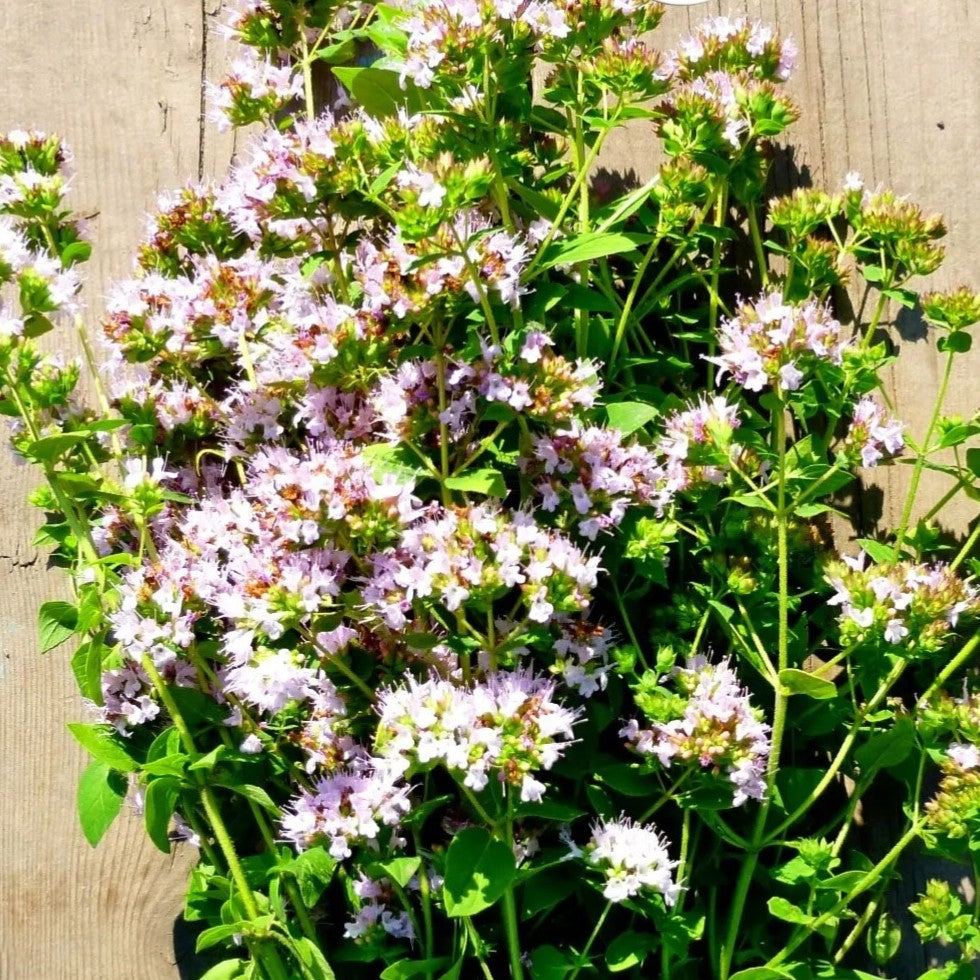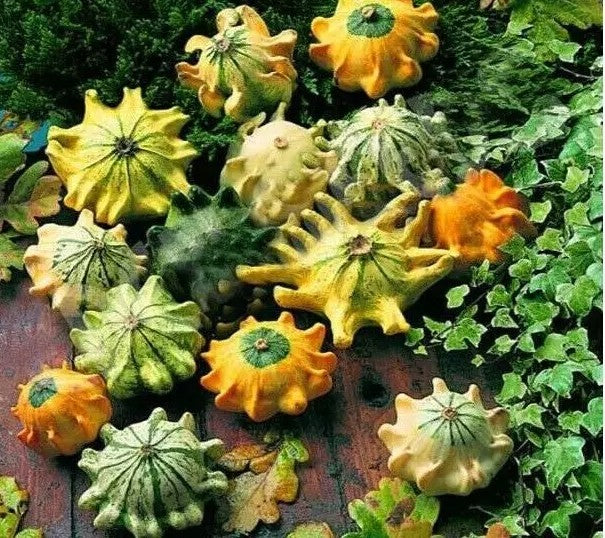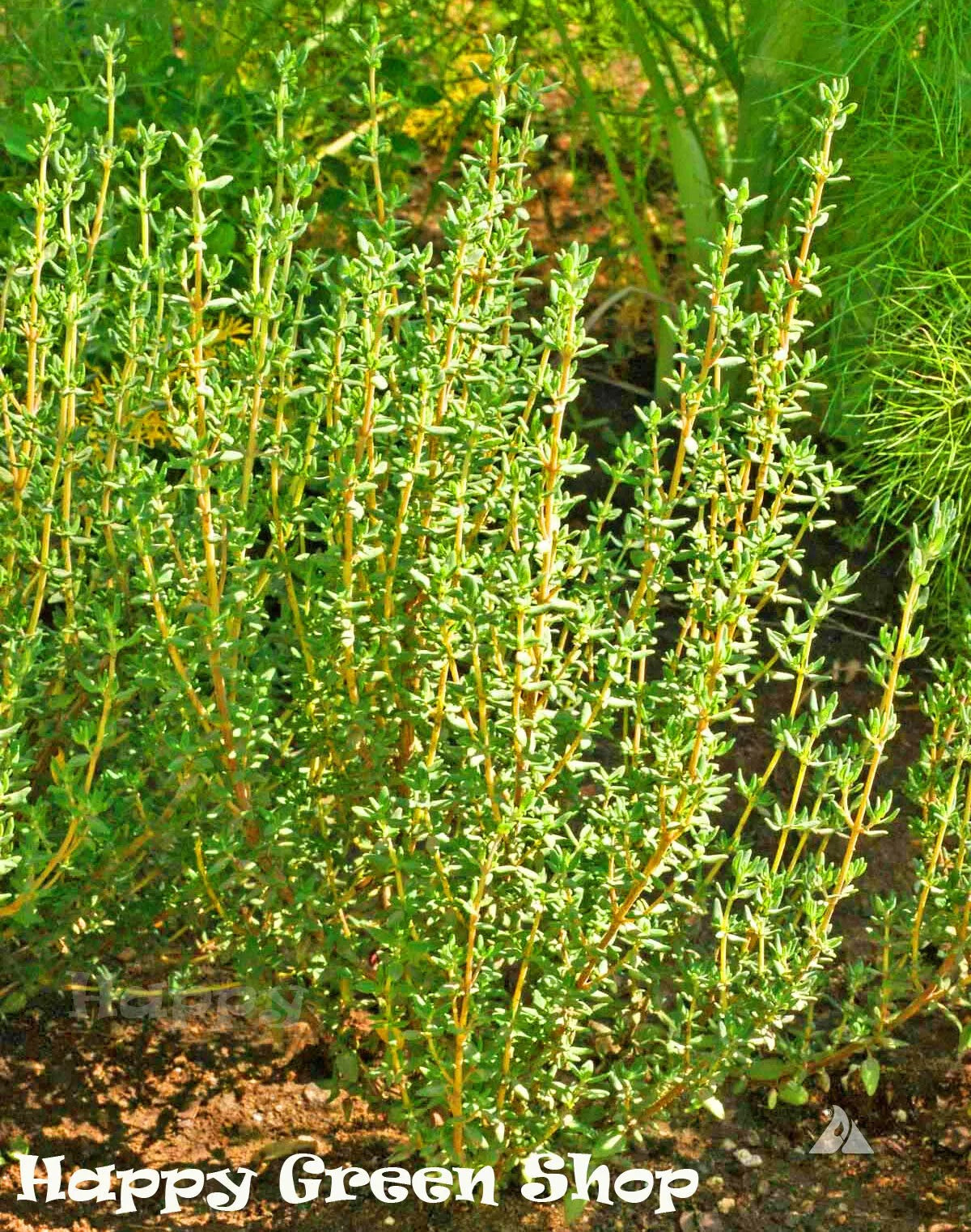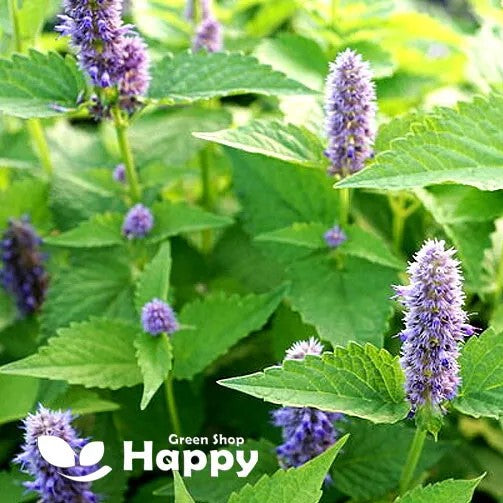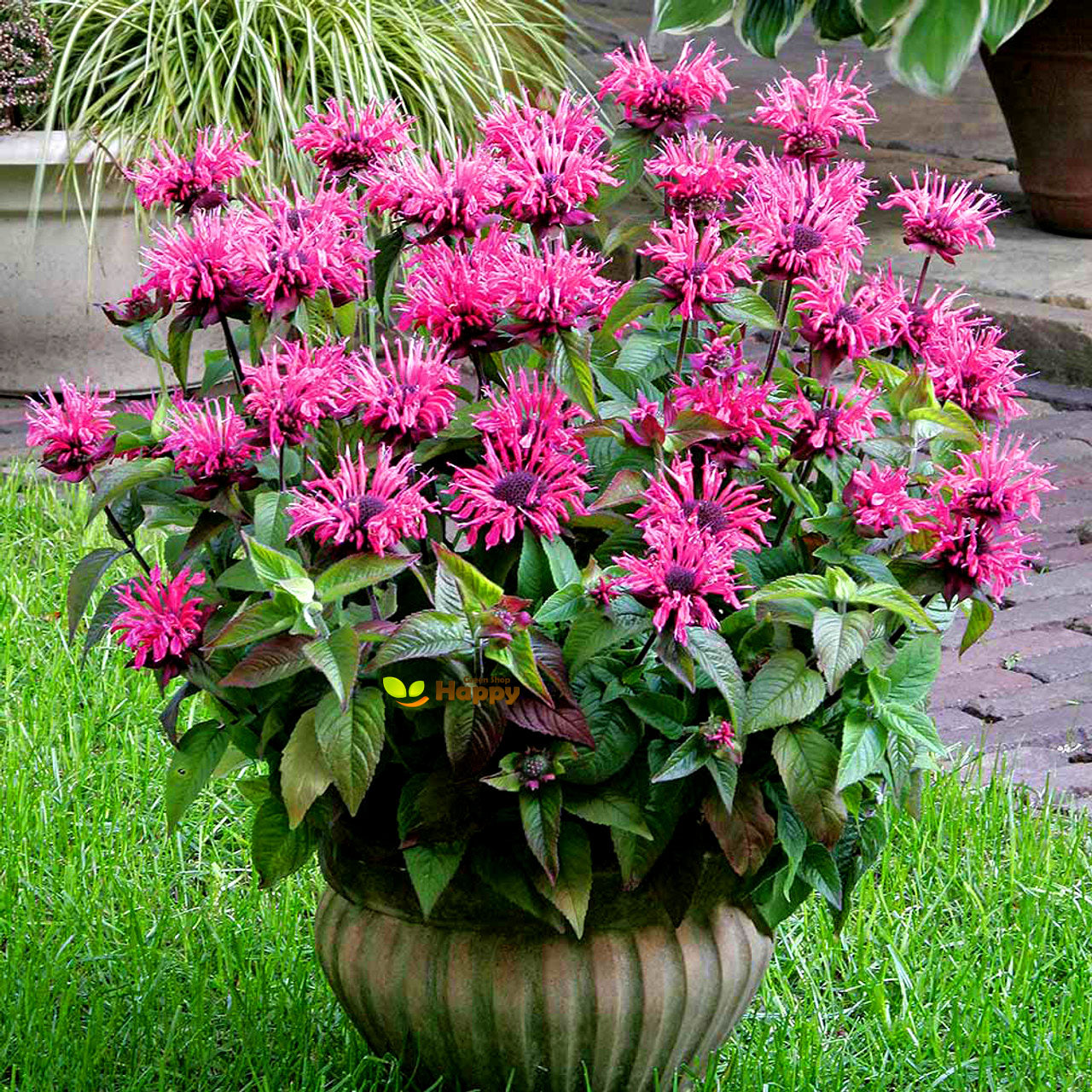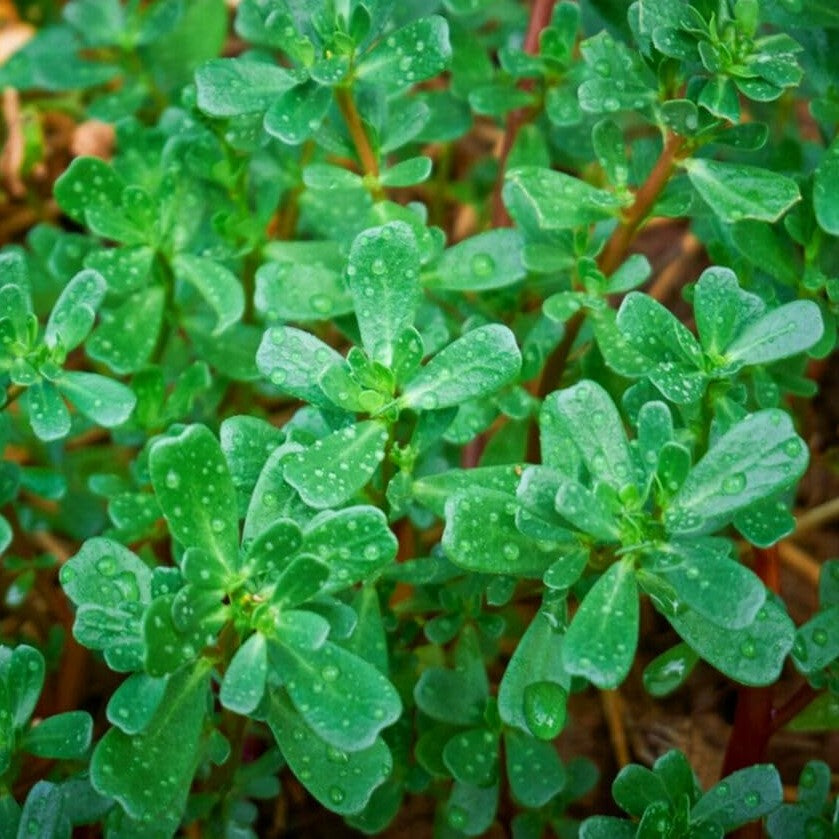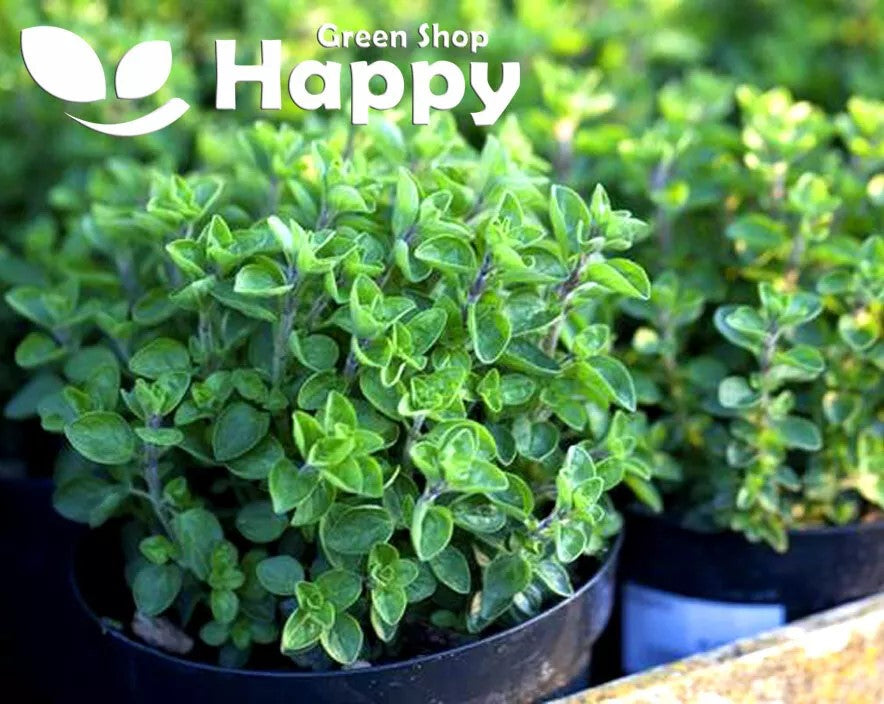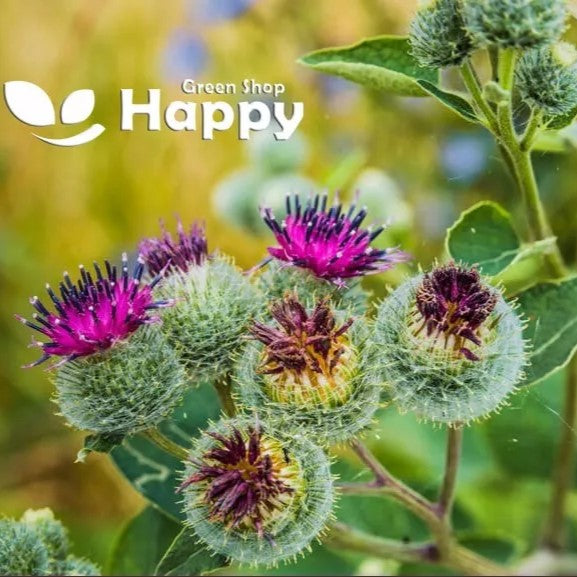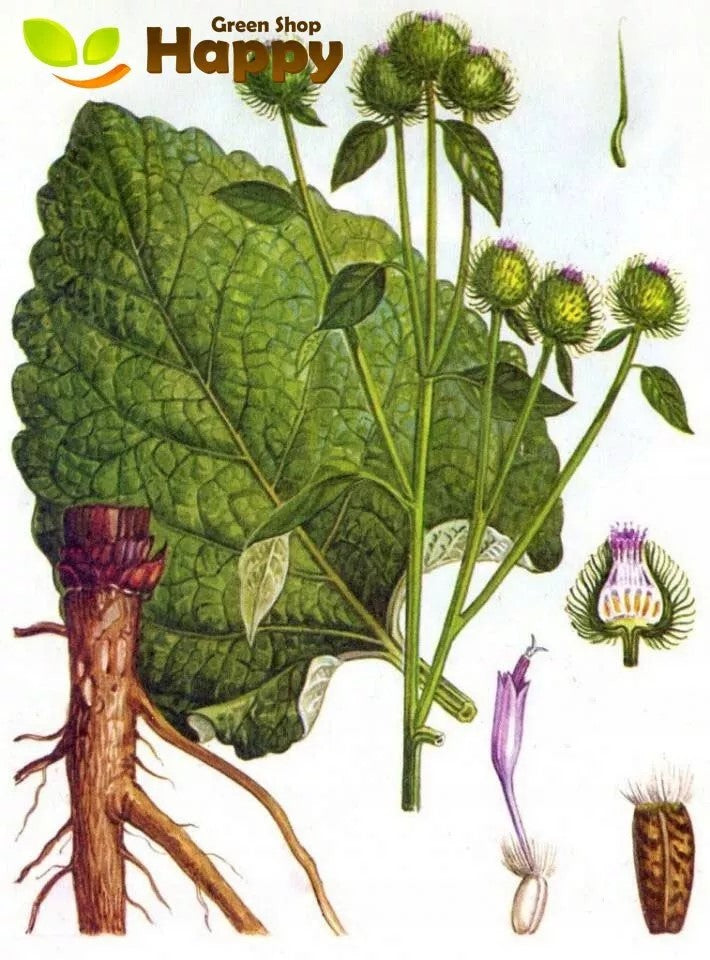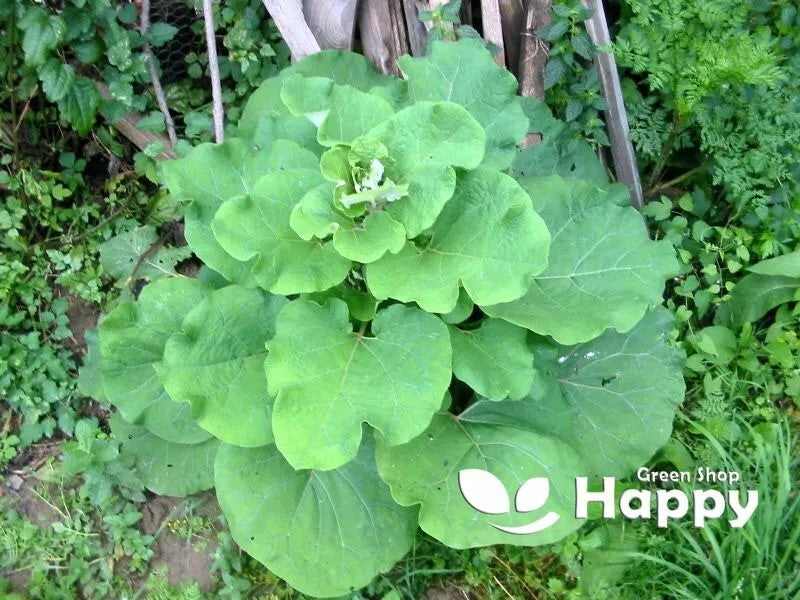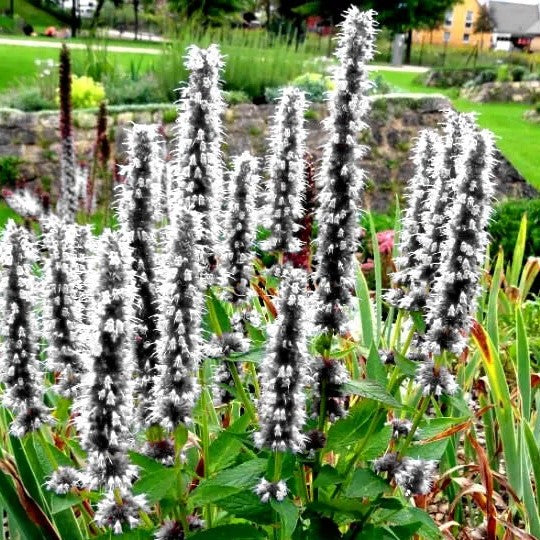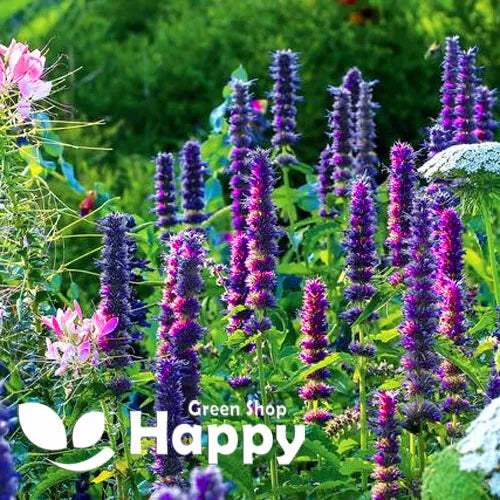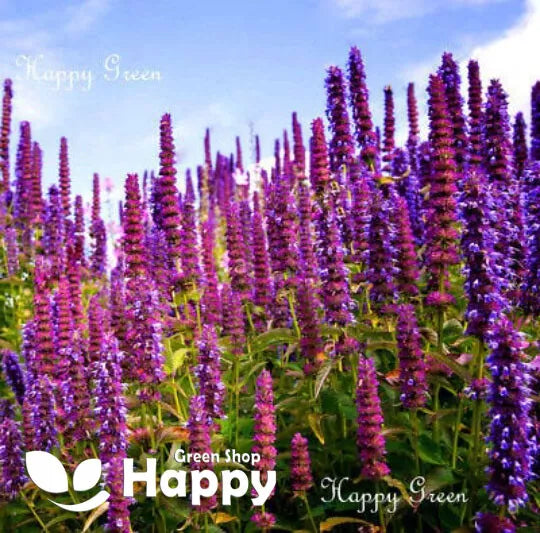Sort by:
68 products
68 products
Peppermint – Seeds (Mentha piperita)
Peppermint is a vigorous, aromatic perennial herb with refreshing, minty leaves. Known for its intense flavor and fragrance, it is perfect for teas, desserts, cocktails, sauces, and herbal remedies. Easy to grow and highly versatile, Peppermint thrives in containers, garden beds, and herb gardens, making it a must-have for any culinary or medicinal collection.
How to Grow
-
Sow seeds indoors from February to April, lightly covering with soil.
-
Maintain 18–22°C until germination.
-
Transplant seedlings outdoors after the last frost in a sunny or partially shaded spot.
-
Prefers moist, well-drained soil and regular watering.
-
Trim regularly to encourage bushy growth and prevent flowering.
Key Features
-
Aromatic, perennial herb with strong minty flavor
-
Fast-growing and easy to cultivate
-
Ideal for teas, desserts, sauces, and cocktails
-
Thrives in containers and garden beds
-
Suitable for culinary and medicinal use
Ideal For
-
Fresh and dried herbal teas, desserts, and beverages
-
Herb gardens, containers, and small spaces
-
Gardeners seeking aromatic and multipurpose herbs
Sowing & Harvest
-
Sow: February to April
-
Depth: Lightly covered
-
Harvest: May to October
Quick Tip
-
Regular harvesting of leaves encourages vigorous growth and keeps the plant flavorful.
Herb Licorice – Seeds (Glycyrrhiza glabra)
Description:
Grow your own natural sweetener and medicinal herb with Herb Licorice (Glycyrrhiza glabra). This hardy perennial produces long roots renowned for their sweet flavor and traditional herbal uses. With attractive feathery foliage and pale blue-lavender flowers, licorice is both decorative and useful in the garden. Ideal for herb gardens and natural remedy enthusiasts, it thrives in sunny, well-drained soil and rewards patience with valuable roots after two to three years of growth.
Key Features
-
Perennial herb with sweet, aromatic roots
-
Pale blue-lavender summer flowers
-
Valued for culinary and medicinal purposes
-
Attractive feathery foliage
-
Long-lived and easy to maintain once established
Ideal For
-
Herb and medicinal gardens
-
Cottage and wildlife gardens
-
Edible landscapes
-
Homegrown natural remedies
Sowing & Growing
-
Sow Indoors: February–April
-
Transplant Outdoors: May–June
-
Germination: 14–21 days at 18–22°C
-
Spacing: 45–60 cm apart
-
Height: 90–120 cm
-
Light: Full sun
-
Soil: Deep, fertile, well-drained
Care Tips
-
Water regularly during dry periods
-
Harvest roots after 2–3 years of growth
-
Mulch to retain soil moisture
-
Protect from frost in colder climates
Herb Corn Salad Seeds (Valerianella locusta)
Also known as Lamb’s Lettuce or Mâche, Corn Salad is a fast-growing leafy green with soft, nutty-flavored leaves. Popular in European cuisine, it’s perfect for salads, sandwiches, and as a tender garnish. Hardy and cold-tolerant, it thrives in cooler months, making it an excellent choice for autumn and winter harvests. Easy to grow and highly nutritious, it’s a must-have for year-round salads.
How to Grow
-
Sow directly outdoors from March to May, and again from August to October.
-
Prefers fertile, well-drained soil in full sun or partial shade.
-
Sow thinly, 1 cm deep, in rows 20 cm apart.
-
Thin seedlings to 10 cm spacing for healthy plants.
-
Harvest young leaves as needed for cut-and-come-again cropping.
Key Features
-
Tender, nutty-flavored leaves
-
Hardy and cold-tolerant, ideal for winter salads
-
Quick and easy to grow
-
Perfect for cut-and-come-again harvesting
-
Highly nutritious and versatile in the kitchen
Ideal For
-
Autumn and winter vegetable gardens
-
Fresh salads and sandwich fillings
-
Containers, raised beds, and small gardens
-
Gardeners seeking a reliable cool-season green
Sowing
-
Best time: March–May, August–October
-
Depth: 1 cm
-
Spacing: 10 cm between plants, 20 cm between rows
-
Position: Full sun or partial shade
-
Harvest: October to March
Quick Tip
-
Succession sow every few weeks for a continuous supply of fresh leaves throughout the cooler seasons.
HERB BEE BALM SEEDS (Monarda didyma)
Add vibrant color and fragrance to your garden with Herb Bee Balm. This perennial produces striking red, pink, or purple flowers atop aromatic foliage, attracting bees, butterflies, and hummingbirds. Easy to grow and low-maintenance, it’s perfect for borders, beds, and pollinator-friendly gardens.
Why Grow "Herb Bee Balm"
-
Showy, fragrant flowers in red, pink, or purple
-
Attracts bees, butterflies, and hummingbirds
-
Low-maintenance, long-flowering perennial
-
Enhances borders, beds, and pollinator gardens
Key Features
-
Type: Perennial (Monarda didyma)
-
Height: 60–90 cm
-
Flowering: Summer (June–September)
-
Position: Full sun to partial shade
-
Uses: Borders, flower beds, pollinator gardens, containers
Ideal For
-
Adding vibrant color and fragrance to borders and beds
-
Pollinator-friendly gardens
-
Containers and patio planting
-
Beginner gardeners seeking easy-to-grow perennials
Sowing & Growing
-
Sow indoors: 6–8 weeks before the last frost
-
Sow outdoors: After frost danger has passed
-
Germination: 10–20 days
-
Space seedlings: 30–40 cm apart
-
Prefers well-drained soil and full sun for best flowering
Green Purslane – Seeds
(Portulaca oleracea sativa)
Green Purslane is a fast-growing, highly nutritious leafy vegetable known for its crisp texture and slightly tangy, lemony flavor. Packed with omega-3 fatty acids, vitamins, and minerals, it’s a popular choice for fresh salads, smoothies, soups, and stir-fries. This hardy annual thrives in warm, sunny spots and poor soils, making it an easy-to-grow, low-maintenance crop.
Why Grow Green Purslane?
-
Nutritious superfood rich in omega-3s & antioxidants
-
Succulent leaves with a refreshing, tangy taste
-
Quick-growing and drought-tolerant
-
Versatile in the kitchen: salads, soups, smoothies & sautés
Key Features
-
Type: Annual herb/leafy vegetable
-
Height: 15–30 cm
-
Harvest: 6–8 weeks from sowing
-
Position: Full sun
-
Soil: Well-drained, sandy or poor soils tolerated
Ideal For
-
Kitchen & herb gardens
-
Containers and small spaces
-
Healthy cooking & raw food diets
-
Easy, low-maintenance cultivation
Sowing & Growing
-
Sow outdoors: April–July, directly in soil after frost risk has passed
-
Sow thinly and cover lightly with soil
-
Germination: 7–14 days at 18–22°C
-
Thin seedlings to 15 cm apart
-
Harvest leaves regularly to encourage fresh growth
Greek Oregano – Seeds (Origanum hirtum)
Greek Oregano (Origanum hirtum) is a robust perennial herb, prized for its intensely aromatic leaves that are essential in Mediterranean cooking. Known for its strong flavor, it is a must-have for seasoning pizzas, pasta, roasted meats, and vegetables. Easy to grow and drought-tolerant, it also produces clusters of small white flowers that attract bees and other pollinators.
Why Grow Greek Oregano?
-
Classic Mediterranean herb with strong, authentic flavor
-
Hardy perennial, easy to maintain
-
Drought-tolerant and thrives in poor soils
-
Attracts bees and pollinators when in bloom
Key Features
-
Type: Perennial herb
-
Height: 30–60 cm
-
Spread: 30–45 cm
-
Flowering: June–August
-
Position: Full sun
-
Soil: Light, well-drained
Ideal For
-
Culinary herb gardens
-
Mediterranean and rock gardens
-
Container growing
-
Pollinator-friendly borders
Sowing & Growing
-
Sow indoors: February–April in trays/pots
-
Germination: 10–21 days at 18–22°C
-
Transplant outdoors: After frost risk has passed
-
Direct sow outdoors: May–June
-
Spacing: 25–30 cm apart
-
Harvest leaves regularly for best flavor
Tip: Trim plants after flowering to keep them compact and encourage fresh growth.
Great Burdock Seeds (Arctium lappa)
Grow a versatile and medicinally valued plant with Great Burdock (Arctium lappa). Known for its large, edible roots and striking purple flower heads, this hardy biennial is perfect for vegetable gardens, herbal use, and natural landscaping. Easy to cultivate, it also attracts pollinators and adds architectural interest with its tall stems and broad leaves.
How to Grow
-
Sow seeds directly outdoors in spring after the last frost.
-
Use fertile, well-drained soil in full sun.
-
Sow seeds thinly and cover lightly with soil.
-
Keep soil moist until germination (10–20 days).
-
Thin seedlings to 30–50 cm apart to allow ample root development.
-
Harvest roots in the first year for medicinal use or leave to mature in the second year for flowers and seeds.
Key Features
-
Large edible roots valued for culinary and medicinal use
-
Striking purple thistle-like flower heads
-
Hardy biennial with rapid growth and tall stems
-
Attracts bees and pollinators
-
Architectural foliage adds interest to gardens
Ideal For
-
Vegetable and herb gardens
-
Natural or wildlife-friendly landscapes
-
Pollinator-friendly planting
-
Culinary and herbal uses
Sowing
-
Best time: Spring after the last frost
-
Germination: 10–20 days
-
Sow thinly and cover lightly with soil
-
Prefers full sun and fertile, well-drained soil
Quick Tip
-
For the best edible roots, harvest before the plant flowers in its first year.
Giant Hyssop White – Seeds (Agastache mexicana)
Giant Hyssop White (Agastache mexicana) is a stunning perennial that produces elegant white flower spikes with a delicate fragrance. Blooming from summer to early autumn, its aromatic foliage and nectar-rich flowers are a magnet for bees, butterflies, and hummingbirds. Hardy, drought-tolerant, and easy to grow, it adds vertical structure, fragrance, and brightness to borders, herb gardens, and pollinator-friendly plantings.
Why Grow "Giant Hyssop White"
-
Tall spikes of elegant white flowers
-
Fragrant foliage with a long flowering season
-
Hardy, drought-tolerant, and low-maintenance
-
Highly attractive to pollinators
Key Features
-
Type: Perennial (Agastache mexicana)
-
Height: 60–100 cm
-
Flowering: Summer to early autumn
-
Position: Full sun
-
Uses: Borders, herb gardens, cottage gardens, pollinator planting
Ideal For
-
Adding height and brightness to borders
-
Pollinator-friendly and wildlife gardens
-
Cottage-style and herb gardens
-
Drought-tolerant, easy-care planting
Sowing & Growing
-
Sow indoors: February–April in trays or pots
-
Sow outdoors: April–May after frost
-
Germination: 14–21 days at 18–22°C
-
Thin seedlings 25–30 cm apart
-
Prefers well-drained soil in full sun
-
Water sparingly once established
Giant Hyssop Blue – Seeds (Agastache mexicana)
Giant Hyssop Blue (Agastache mexicana) is a striking perennial producing tall spikes of fragrant blue-purple flowers from summer to early autumn. Its aromatic foliage and nectar-rich blooms make it highly attractive to bees, butterflies, and hummingbirds, ensuring a lively pollinator-friendly garden. Easy to grow and drought-tolerant once established, it adds height, color, and fragrance to borders, herb gardens, and cottage-style beds.
Why Grow "Giant Hyssop Blue"
-
Tall spikes of vibrant blue-purple flowers
-
Aromatic foliage with a long flowering season
-
Hardy, drought-tolerant, and easy to grow
-
Excellent pollinator magnet
Key Features
-
Type: Perennial (Agastache mexicana)
-
Height: 60–100 cm
-
Flowering: Summer to early autumn
-
Position: Full sun
-
Uses: Borders, herb gardens, cottage gardens, pollinator planting
Ideal For
-
Adding vertical height and fragrance to borders
-
Pollinator-friendly and wildlife gardens
-
Cottage and herb garden displays
-
Drought-tolerant, low-maintenance planting
Sowing & Growing
-
Sow indoors: February–April in trays or pots
-
Sow outdoors: April–May after frost
-
Germination: 14–21 days at 18–22°C
-
Thin seedlings 25–30 cm apart
-
Prefers well-drained soil in full sun
-
Water sparingly once established
Showing 45/68



